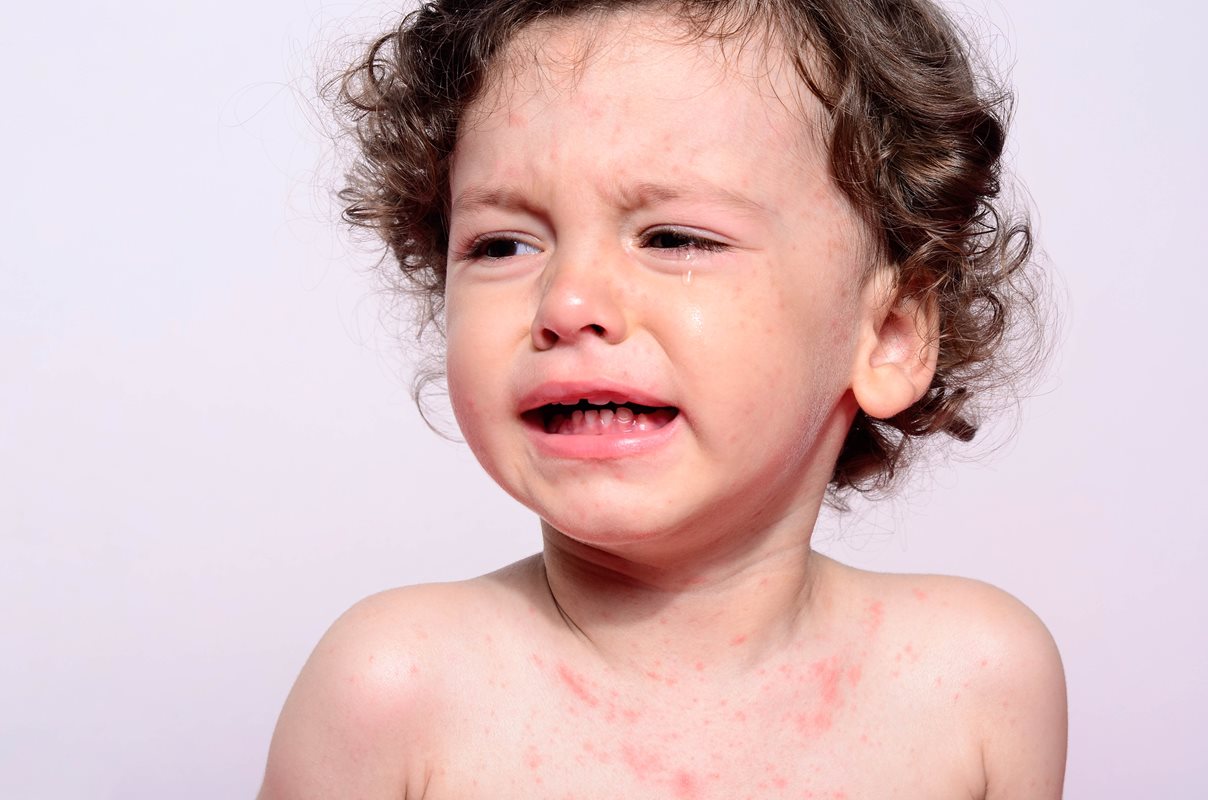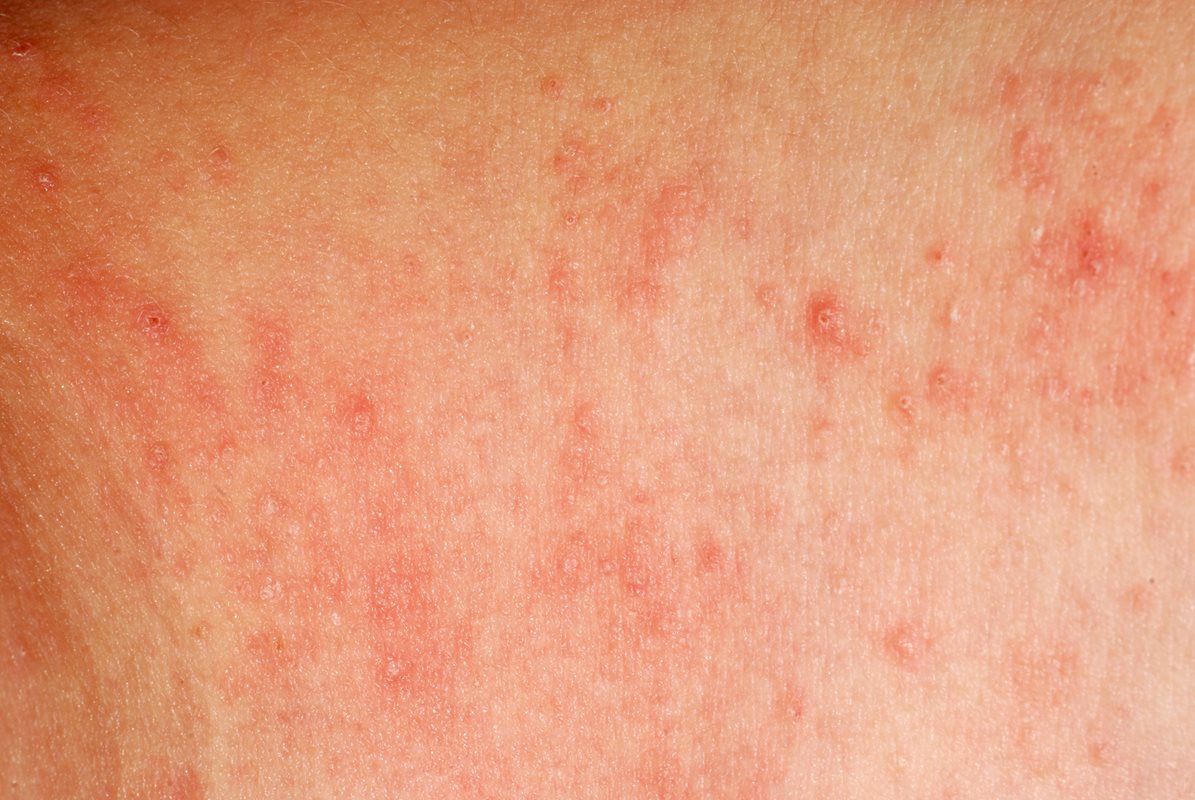The Heat (Rash) is On
It’s mid-June and although the weather hasn’t gotten as hot as it sometimes does in North Texas, the temperatures are definitely creeping up. Guess what else may be creeping up? A heat rash on your child.
Heat rash, also known as prickly heat, can present in multiple ways on children and adults. Heat rash often looks like a traditional rash with very small bumps. On a child with light skin, these bumps or spots may have a reddish color to them. For children with darker skin tones, the bumps can look brown, grey, or purple in color. They may also look like small, clear blisters. Some forms of heat rash do not itch, while others are very itchy.
Heat rash develops in hot, humid conditions when a duct that leads from a sweat gland to the surface of the skin is blocked or inflamed. This prevents the sweat from evaporating and traps it beneath the skin, causing irritation and bumps to erupt that range from small, superficial blisters to inflamed lumps that run deeper. The rash typically develops in skin folds and on the neck, shoulders, armpits, and chest. It can also show up in the creases of the elbow and groin.

Types of heat rash
The types of heat rash are classified by how deep the sweat is trapped in the skin. Signs and symptoms for each type vary.
Miliaria crystallina
Miliaria crystallina is the mildest form of heat rash. Milaria crystallina presents with tiny, clear, fluid-filled bumps that break easily. This type of heat rash develops when the opening of the sweat duct on the skin’s surface is blocked.
Miliaria rubra
A type of heat rash that develops deeper in the skin is called miliaria rubra. Also called prickly heat, symptoms include small, blister-like bumps, redness, and itching or a prickling sensation in the rash area.
Miliaria pustulosa
When the small, inflamed bumps of miliaria rubra fill with pus, this form of heat rash is known as miliaria pustulosa. The pustules are usually sterile, but secondary infection with Staphylococcus aureus is possible. This type of miliaria is more prevalent in hot, humid conditions. It can accompany a high fever and often presents with intense itching and/or a stinging or prickly sensation.
Miliaria profunda
A type of heat rash called miliaria profunda affects the deepest layer of the skin (dermis). Miliaria profunda causes firm, painful, or itchy inflamed bumps that look like goose bumps and may break open. It occurs more rarely than the other types of heat rash.
Heat rash risk factors
The risk of heat rash is higher in newborn babies because newborns have immature sweat ducts. Other risk factors for heat rash in children include living in a hot, humid climate (hello, North Texas!), being physically active, and having a fever.
Heat rash treatment
Heat rash usually resolves on its own when the skin cools down. To prevent the rash from reoccurring, it is best to avoid exposing your child’s skin to the hot, humid conditions that caused it. A heat rash nearly generally heals without any scarring, but people with darker skin tones are at risk for temporary discoloration. These will usually look like discolored spots of skin that get lighter or darker in response to inflammatory skin conditions (post-inflammatory hypopigmentation or hyperpigmentation). However, these discolorations usually fade in weeks or months.
Heat rash prevention
To help protect your child from developing a heat rash, dress them in lightweight, loose clothing in hot weather. Selecting fabrics that wick away moisture from the skin will be particularly helpful. For newborns, avoid dressing your little one in multiple layers of clothing when the temperatures are on the warm side. Avoid using diaper rash creams and ointments that can block pores.
Limiting physical activity in hot weather, utilizing shaded areas, using fans to circulate the air, and confining exercise to air-conditioned facilities will help prevent the development of heat rash. At night, make sure your child’s bedroom or sleeping area is cool and well-ventilated.
As mentioned previously, heat rash generally resolves when the skin cools down. If the rash does not clear on its own in a few days or appears to be worsening, please contact our office for an appointment with Dr. Leung.
For expert pediatric care and tips on keeping your child healthy year-round, visit Entirely Kids Pediatrics.

